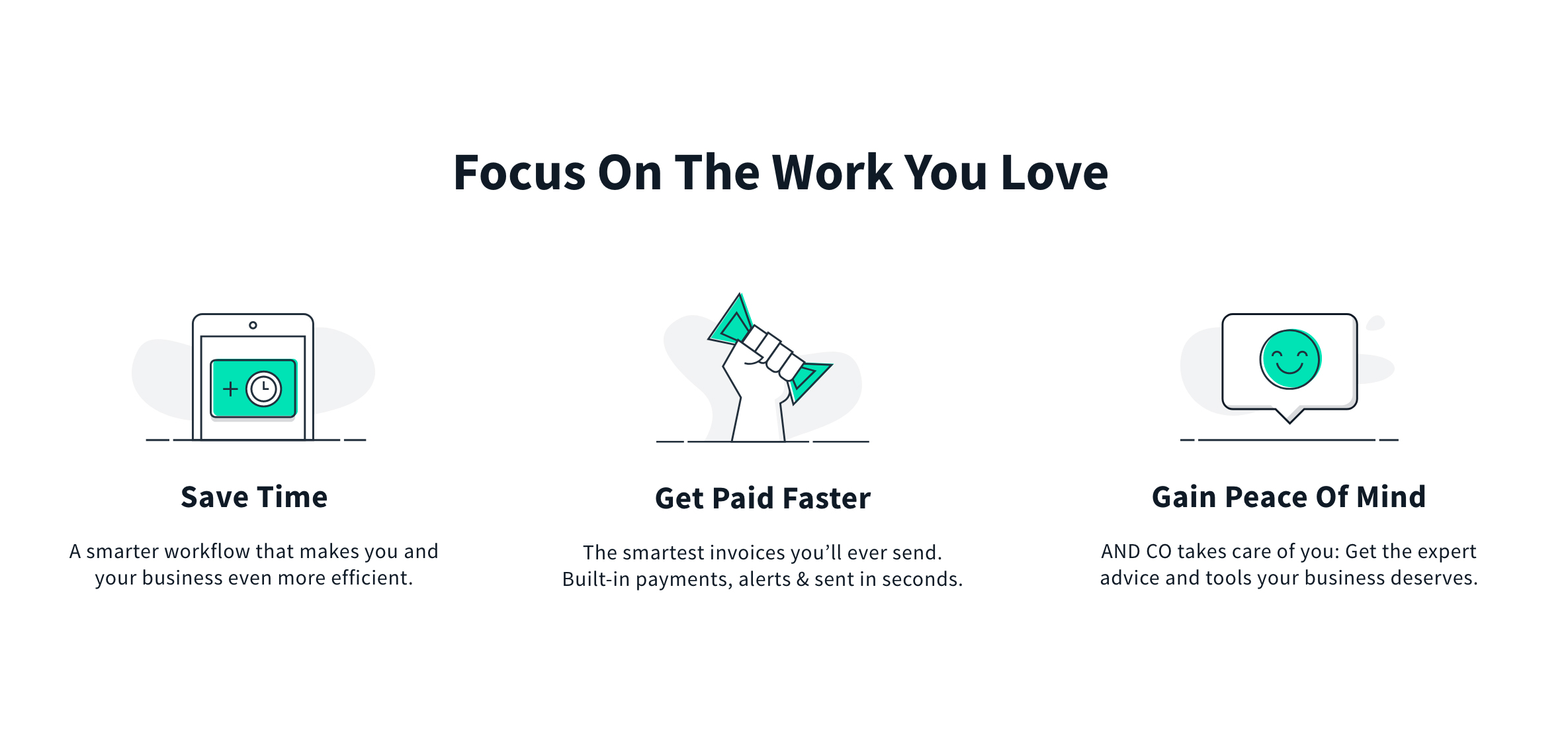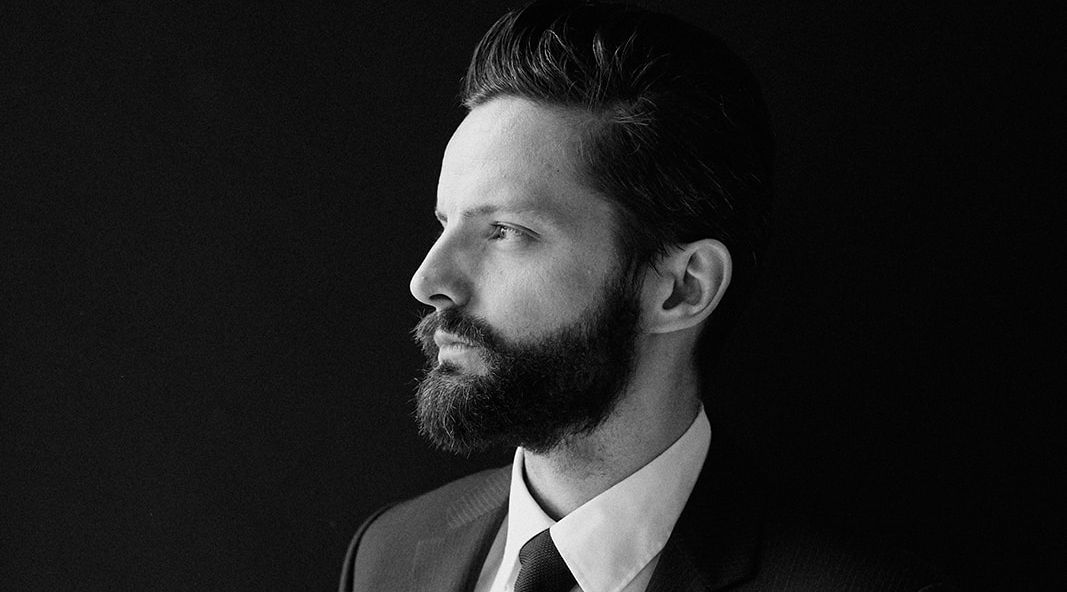4 ways to cash in as a freelancer
Bryce Bladon, editor-in-chief of Clients From Hell, shares his expert advice for making more as a freelancer.

Most designers choose to freelance because they love their craft and they want the freedom to do it on their terms. That, or they loathe the foibles of traditional employment, like the nine-to-five grind, meaningless meetings, or how Greg from marketing thinks his wacky ties are the same thing as a definable personality trait.
Whatever your reason for freelancing, it always comes with a cost: responsibility. Quite simply, the financial side of running your own business is difficult. There's a lot to know, and even more that can go wrong. That said, freelancing can empower more meaningful work, a better work-life balance, and a bigger bottom line. It's never easy, but it is almost always worth it.
Here I'll explore the four most common financial challenges that freelancers face on a daily basis – and how you can overcome them effectively. Make sure you also check out our tips for better side projects while you're here.
01. Define a pricing structure
The cliché formula is that time equals money. But as a freelancer, your time is worth more than just a financial figure: it's the opportunity to experiment, to build relationships, and to make room for what really matters to you.
That said, tying a financial figure to your time is an important aspect of making the most of your working hours and ensuring you don't go bankrupt.
"Understand that you're really selling time, since services take time to provide," says Josh Hoffman of Epic Freelancing, an online community for freelancers. "Whether you actually charge per hour or not is one thing, but it's imperative that you get a handle on how much time you're investing relative to how much you're making."
Assuming you're a full-time freelancer, the simple way to calculate your hourly rate is to take what you want to earn in a year and drop the zeroes. If you want to earn £45,000 this year, you need earn at least £45 for every hour you spend on your business.
Daily design news, reviews, how-tos and more, as picked by the editors.
The maths to get to this figure is simple. If you take two weeks of holiday a year, then you've got 50 weeks in a year left. Working 40 hours a week, you've got 2,000 billable hours a year.

Cut those billable hours in half because (at least) 25 per cent of your time will go into business upkeep, such as marketing your services and invoicing (and chasing) clients, and roughly 25 per cent of your income will go on things like taxes, a pension and insurance. These incidentals add up to approximately 50 per cent of your time.
That's why you can take what you want to earn in a year (e.g. £45,000) and divide it by the 1,000 billable hours in a year to reach your hourly rate (e.g. £45 per hour). Remember, these are ballpark estimates, not fine-tuned figures. You can adjust this basic idea to take into account how much holiday you want to take, how many hours you plan to work per week and how much you pay out in tax, insurance, and so on.
You can bill a client by the hour, day, week, or month. You can even bill by project or deliverable. In my experience, the most common billing method is by the hour.
Charging by the hour makes sense when you're first starting to freelance because it's so simple and easy. Clients don't need an explanation for what's being provided; they are quite literally paying for your time.
However, hourly billing has shortcomings. Tracking your time in hourly increments can be useful, but it's also an easy way to lose focus. Clients tend to nitpick the details of your invoice with this style of billing, which can become a time sink.
This is particularly true with short billing periods, as you reveal more about how you're spending your time. It's easy for a client to look at your itemised invoice and systematically dismantle its contents. Some clients will begin to micromanage you, or even worse, undervalue what you do.

Also bear in mind that as you move forward in your career, you'll get better at what you do. You'll be able to do it faster too. Your reward for being better should be working less, but instead, an hourly rate starts to slow you and your earnings down. It also discourages regular clients, because if you're better and faster than you used to be, you should be charging more – but most clients will squirm at a rate increase.
"If you can do the highest quality work, in half the time, you should be paid the same or more than the other guy," says Leif Abraham, co-founder of AND CO, an app that supports freelancers.
"Instead of raising your rate, you should structure your gigs to charge for the value you deliver." That's why most first-time freelancers charge clients according to the time put into a project. More experienced freelancers charge for both time and effort, and are also better at convincing clients they can deliver value.
02. Understand and sell your value

Designers with less experience tend to undervalue their work. Most clients have the same bias. To them, a logo looks like a few letters, a squiggly line or two, and some nice colours. They don't see the time, effort and training that went into the final product, nor do they necessarily appreciate why a logo is worth the bill.
Ultimately, it's your job to bridge the client's 'understanding gap' and to communicate the value of your work. The best way to do this is to align your work with a client's concerns. A client's specific interests will vary from business to business and person to person, but clients usually care about the same two things: making money or saving money.
"Connect the dots between how your services will put clients in a position to make more money, save more money, or ideally a combination of both," says Hoffman.
A logo is more than a two-tone symbol. It's more than a business' first impression, too. "It's an opportunity to catch people's attention in a noisy world," explains Hoffman. "By better catching people's attention, you'll be in a better position to compete in the attention economy, wherein attention is the foremost currency. In other words, you won't touch people's money if you can't command their attention."
Freelancers who have things figured out charge for the value of their work. They take the time to explain this value in terms that matter to their client.
To get better at this, when you first meet a prospective client, try to understand what problem led to them hiring a designer and what they are hoping for as a result. Perhaps their outdated logo sticks out on their site like a sore thumb, and they're hoping a new one will convince their customers to pay their premium prices.
Once you have your information, leverage your work as the bridge between the initial problem and the potential solution. Doing this aligns expectations and positions you as the key to your prospective client's success. Whatever you charge, frame it with the negative implications of not fixing this problem and the positive benefits of having you solve it.
Next page: more money-making tips for freelancers

A creative communications specialist, Bryce Bladon is perhaps best known for running clients From Hell – a cult blog that “brings readers to tears with unbelievable, always hilarious anecdotes from those on the frontlines of freelancing.”
